Text
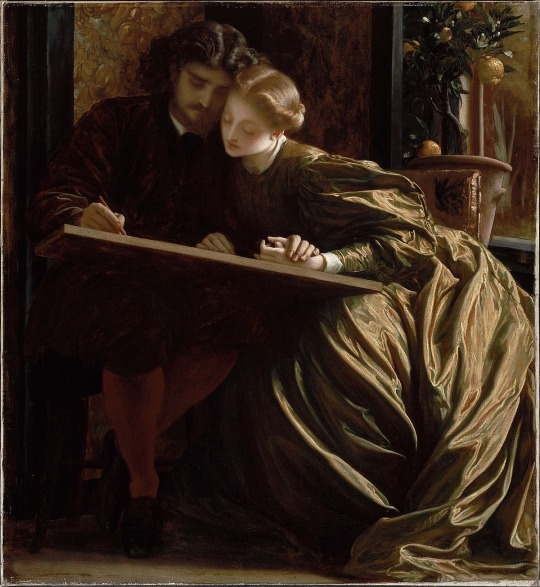
Frederic Leighton, The Painter’s Honeymoon, c. 1864. Currently housed at the Museum of Fine Arts, Boston.
8 notes
·
View notes
Text

Detail: The Joy of Motherhood, Jozef Israëls, 1890.
1 note
·
View note
Text
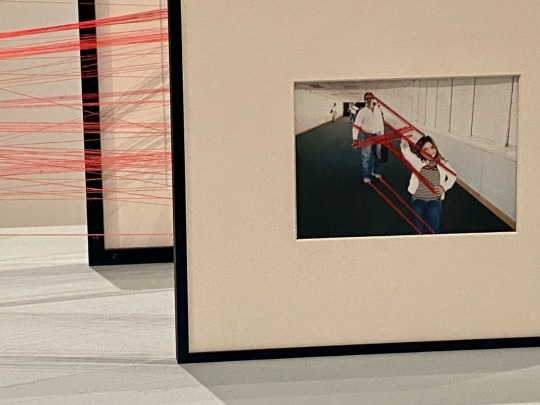


Details from Gabriella N. Báez, Ojala Nos Encontremos en el Mar (Hopefully We’ll Meet at Sea), 2018-ongoing.
0 notes
Text

On Kawara, July 4, 1967, 1967. Whitney Museum of American Art, New York.
On Kawara’s date series, wherein he would paint the date that it was when he was painting, meant to attract attention to the mundane and the everyday but that would spawn a million mumbled musings, “what’s so special about that day?”
0 notes
Text

Caspar David Friedrich, Two Men Contemplating the Moon, 1825-30. Metropolitan Museum of Art, New York.
1 note
·
View note
Text
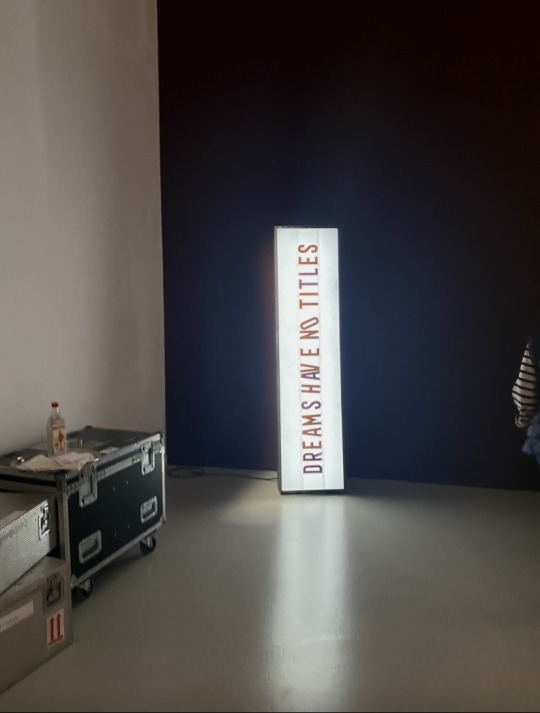

Zineb Sedira, “Dreams Have No Titles.” French Pavilion, Venice Biennale, 2022.
Sedira’s immersive artwork, made to look like multiple film sets, calls to mind the stories we tell each other, and ourselves, whether in documentary, fiction, or autobiography. As complex identities converge, anything can be staged, but that doesn’t mean truth can be found amongst the props.
2 notes
·
View notes
Text
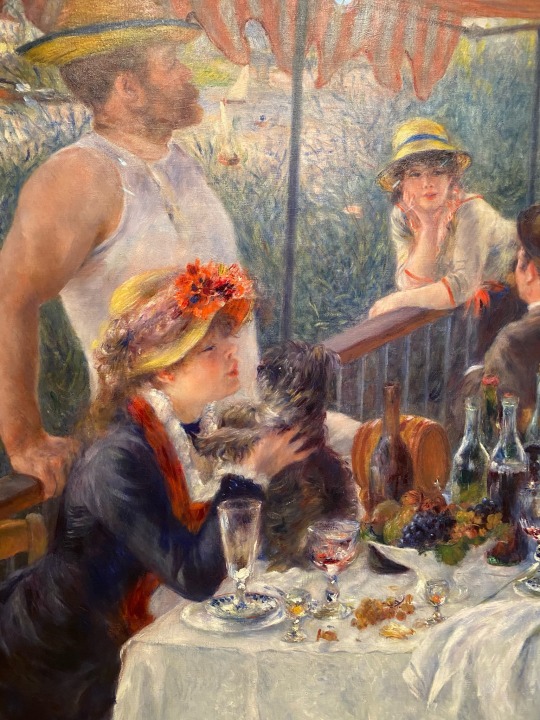


Details from Luncheon of the Boating Party, Pierre-Auguste Renoir, 1881.
What appears at first as an idyllic scene of the Parisian bourgeoisie reveals upon closer inspection a few women having a less than stellar time (and one who has found solace in a furry companion). Whether the painting was meant to be humorous or reflective, or whether Renoir even knew what he was painting, is unclear, but he managed to capture an all-too-well feeling of being at a party just a little too long, wishing the minutes by and wishing this guy would stop talking to you.
0 notes
Text

Adine Pintilie, “You Are Another Me - A Cathedral of the Body.” Romanian Pavillion, Venice Biennale, 2022.
Multichannel video projection, shockingly bright against the dark rooms and intersecting walls, creates invasive and intimate space. A cathedral is wide and awe-inspiring, but the body is limiting and temporary. It is in that tension that you are invited to consider the work, the liminal spaces between presentation and self, between attachment and independence.
0 notes
Text

Joseph Hirsch, The Naked Man, 1959-1962.
A favorite from my last trip to the Smithsonian American Art Museum. It captures a moment of confusion that would become commonplace for many young men during the Cold War, saddled with clothes, boots, and dog tags, following the arrows on the ground that would mark the passage from civilians into soldiers. Glancing up from the open notebook, the young man looks confused but also resigned, pale skin standing out against the dark background.
I didn’t realize at the time it was a Cold War reference though, it just looked like a young man with a lot to carry, the path literally laid out in front of him but he is still.
1 note
·
View note
Text

Emile Bernard, Boy in the Grass, 1886.
“Won't it result in a vision that is too personal and incomprehensible to others? Isn't painting like talking after all? When I speak I use the same language as you; would you understand me if I used a new and unknown one? It is through common language that new ideas must be expressed. Only this can be the means to make it valid and to recognize.” - Emile Bernard, in conversation with Paul Cezanne.
#modern art#art#art history#impressionism#emile bernard#paul cezanne#post impressionism#post impressionist art
3 notes
·
View notes
Text
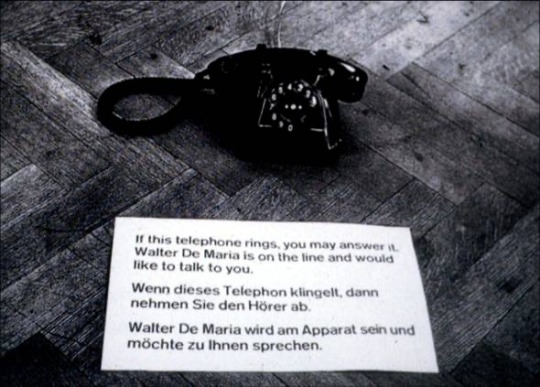
Walter de Maria, Art by Telephone, 1967/69. Exhibited at Live in Your Head: When Attitudes Become Form: Works-Concepts-Processes-Simulations-Information (1969)
Walter de Maria’s Art by Telephone challenged visitors to engage in a conversation with the artist, about anything, at any time. Walter, who was in America while the exhibition was taking place in Switzerland, had $200 to cover international calls. The work is ephemeral, because even though both the paper and the phone will continue, if there is no one to call, and no one there to answer, the art will cease to exist. Walter is inviting the visitor to be a part of the work of art, because conversation can be art, between a man across the ocean who has no idea who will pick up, and a visitor in Switzerland who might find themselves the lucky receiver of fate. My favorite part, though, is that the phone is on the ground, meaning that if anyone were to answer they’d have to sit on the floor like a child, excitedly sharing something just for them and the person on the other side.
All of this compounded by the fact that Walter apparently never actually used the phone and just ran away with the $200.
3 notes
·
View notes